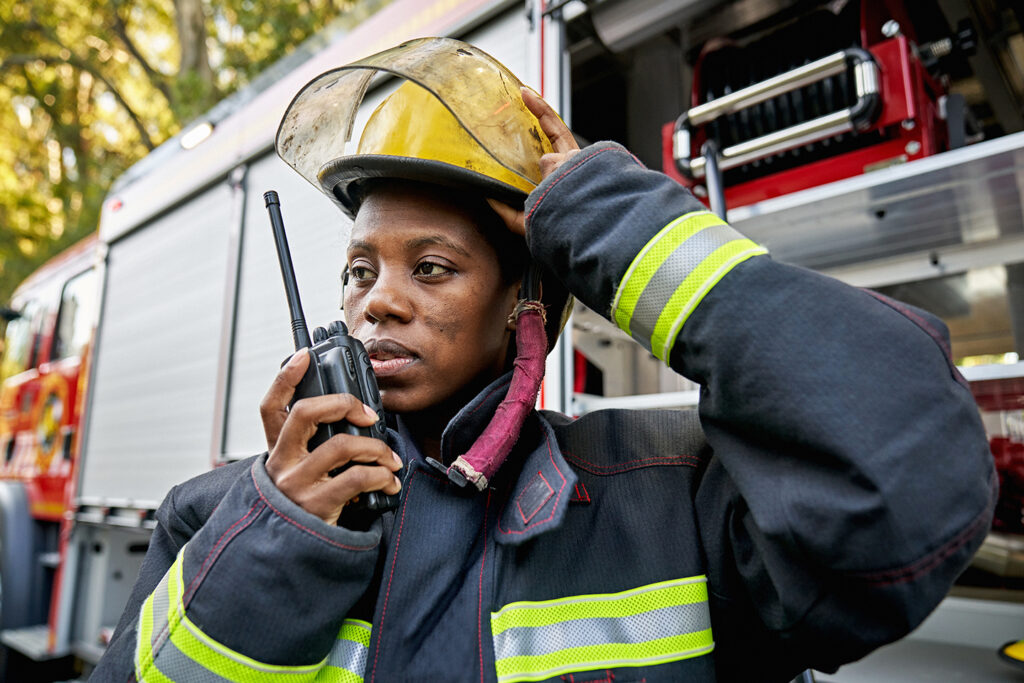Raleigh, NC: (919) 277-9299

The symptoms from Aqueous Film-Forming Foam (AFFF) exposure are debilitating, but the impact of using these suppressants stretches beyond physical ailments. The timeline of AFFF use began with military firefighters in the 1960s, and soon enough civilian departments and airports adopted the use of suppressants. Though the foam saved lives and mitigated catastrophes, its use was not without consequences. The chemical makeup of AFFF, which included PFAS (per- and polyfluoroalkyl substances), made it an effective fire suppressant and a human health hazard.
Growing Fears and Unrelenting Grief
Flames and smoke have long been primary fears for firefighters, but the health concerns posed by PFAS have upstaged these worries. Firefighters who trusted their equipment and the suppressants to stay alive now find themselves in a conundrum: Their firefighting gear and training exercises were pathways for PFAS exposure. Fear of these invisible threats adds another layer of stress and anxiety to an already challenging occupation.
There’s no amount of AFFF considered safe. The save-the-day ethos many firefighters and military members live by is often superseded by fear once they realize they may suffer from symptoms of AFFF exposure.
Lifetimes of Regret
A passion for a profession in the military or fire industry often passes down from one generation to the next. Proud parents blazed trails for their kids to follow, but for many, pride turned to regret as these career paths led loved ones to become diagnosed with debilitating diseases from their exposure to PFAS. Firefighters who introduced recruits to this line of work struggle with negative health effects and worry that the health concerns they’ve experienced will continue into the next generation.
Fire departments that adopted firefighting foam were not told of the hazardous ingredients in fluorinated extinguishing agents. Because of the concealed research and AFFF manufacturers’ untruthful marketing, fire department personnel were misled into thinking they were harmless. It was not until the early 2000s that manufacturers changed from C8 to C6, a change all parties would later understand was a ‘regrettable substitution.’ The modern concentrates brought a false sense of safety to the fire industry because the health concerns that legacy AFFF posed were never actually eliminated. Now firefighters look back at their time handling the foam with regret, wondering when the symptoms from exposure will begin.
Longing for Change
Firefighting is a challenging profession and the physical and mental health concerns introduced by PFAS exposure only add to the unease. Increased oversight of chemical manufacturers and legal help for those affected by AFFF have begun to allow firefighters to finally feel hope.
As restrictions on aqueous suppressants take hold and firefighting tactics are developed for alternative foams, firefighters can finally see that their health and safety are priorities. With growing changes to firehouse culture and better advocacy, we can start to see a future for firefighters that no longer includes exposure to harmful chemicals.
